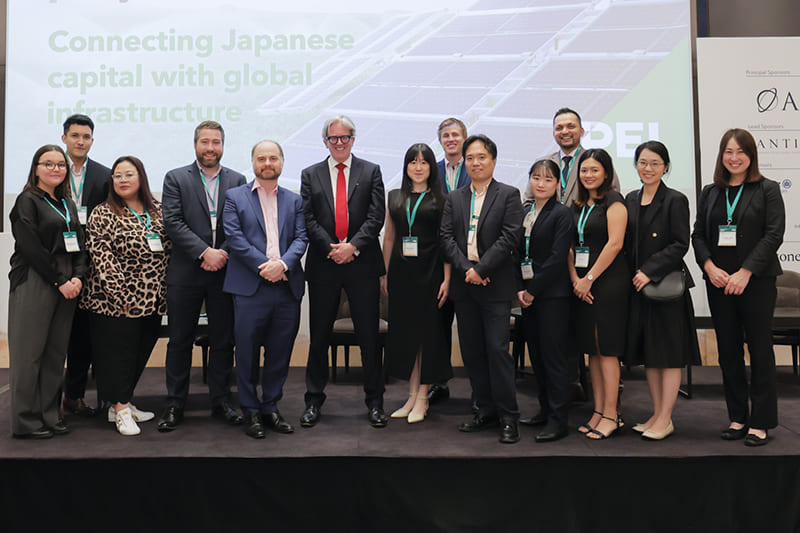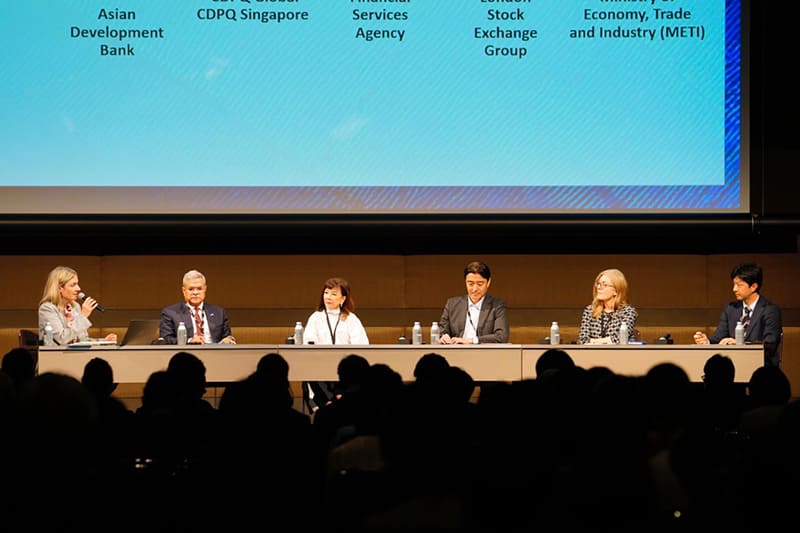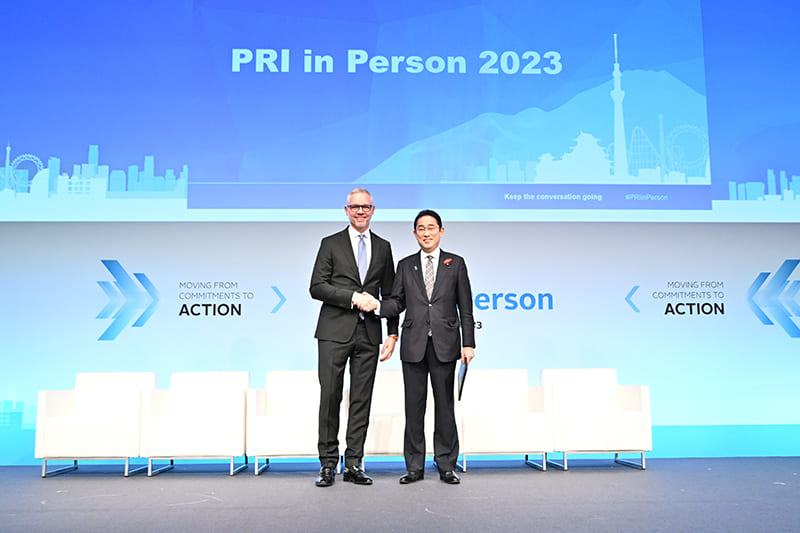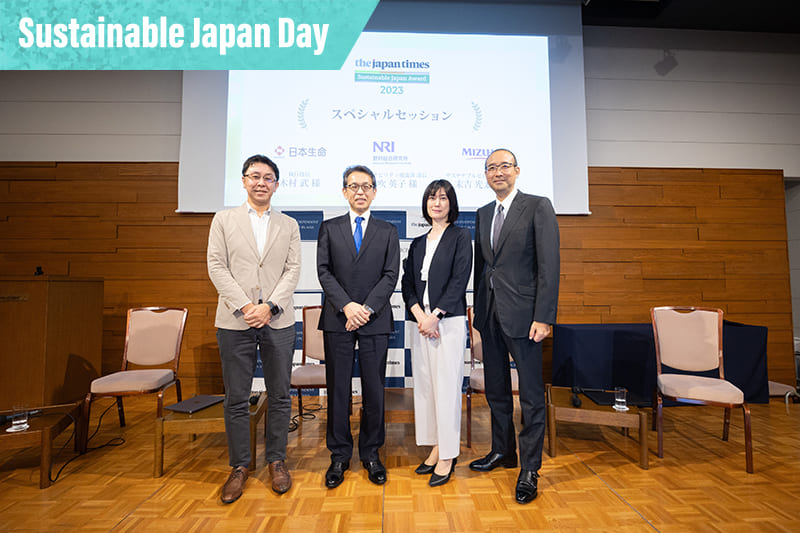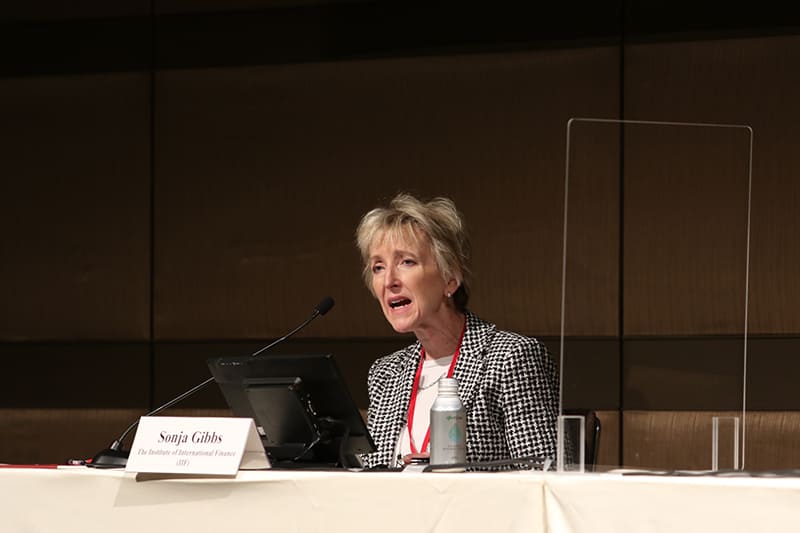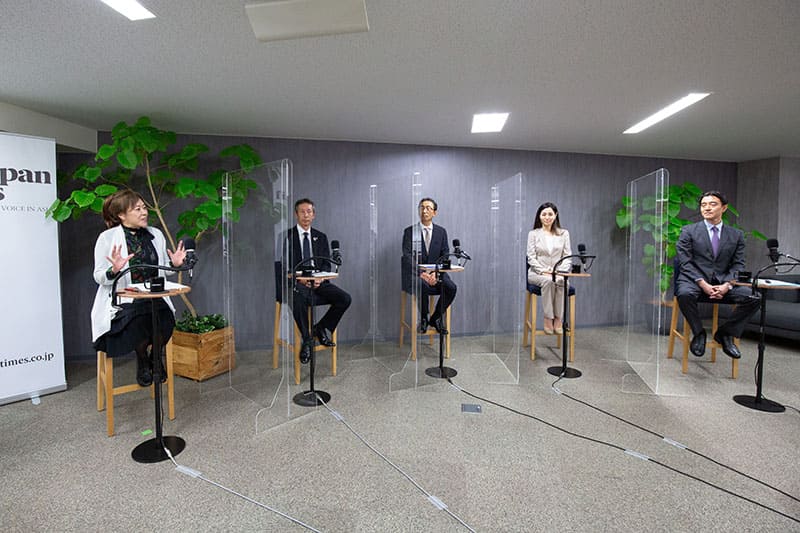June 28, 2021
Achieving net zero: Webinar examines targets and troubles

On May 25, the webinar “Delivering Net Zero Emissions in Japan” was hosted by the PRI (Principles for Responsible Investment), an independent, voluntary investment framework supported by the U.N. whose primary goal is to encourage sustainable, ESG investment practices. The PRI has more than 4,000 signatories worldwide, 92 of whom are in Japan.
The webinar opened with a summary of the PRI in Japan and climate transition finance, with remarks given by Michiyo Morisawa, head of Japan PRI; Edward Baker, PRI’s technical head of climate change and energy transition; and Motoko Ogawa representing the Ministry of Economy, Trade and Industry as the deputy director of the Environmental Economy Office. The panelists included Teruyuki Ohno, executive director at the Renewable Energy Institute; Masaaki Nagamura, general manager of international initiatives at Tokio Marine and Nichido Fire Insurance; and Kazuyuki Shigemoto, executive officer and chief general manager of investment at Dai-Ichi Life Insurance.
Net-zero Japan
Much emphasis has been placed on Prime Minister Yoshihide Suga’s 2050 net-zero policy initiative. One of the webinar’s key takeaways, however, is that the nearer-term 2030 goals are a more important indicator of progress. But what should these goals be? An ensemble of policy recommendations for Japan produced by the PRI suggest that carbon pricing be significantly raised, existing coal plants and planned projects be phased out or canceled, and new investments into infrastructure for renewables be prioritized.
According to a recent optimistic International Energy Agency report, achieving net zero by 2050 does not require any new investments in fossil fuels. However, robust policy frameworks on how this can be done in Japan will be necessary for the most energy-intensive sectors: power, transportation and industry. METI, together with the Environment Ministry and the Financial Services Agency, have written the “Basic Guidelines on Climate Transition Finance,” which set out to make the process of fundraising through debt more transparent, along with providing key investor information. Throughout 2021, METI intends to create industry-specific road maps toward carbon neutrality. They will include model cases for each industry and plans to subsidize companies that demonstrate progress aligning with the nation’s net-zero initiatives.
Headwinds
Realizing a 46% to 50% emission reduction by 2030 will require a substantial shift in Japan’s energy policy. During the webinar, Ohno outlined a gap between the targets set forth by the government and the policies that are supposed to achieve them, saying, “The policies are not proactive or aggressive at all.” For example, the price of carbon emissions in Japan is still far too low. The pricing is “not functional,” he said, and he believes the cost for 1 ton of emissions of carbon dioxide should rise from the current ¥289 to several thousand or even ¥10,000 (about $90). Ohno added that “there are certain forces in Japan trying to cling on to conventional energy policy” and that “irrational regulations” prevent land usage for renewables.
Nonetheless, METI’s Ogawa pointed out that not all companies can transition equally. Unlike service-based industries, sectors with heavy capital expenditures, such as transportation and manufacturing, will require vastly more investment to even begin transitioning. As a result, balanced pathways need to be considered: “Green is not the only way of mitigation,” Ogawa said.
Transition finance
Transitioning investments toward sustainability has been trying. For instance, debt financing through green bonds for industry — one of the sectors in most need of transitioning — stood at a mere $4 billion — 0.5% of the total of globally issued green bonds — between 2010 and 2020.
However, institutional investors like Dai-Ichi Life are leading the way in responsible ESG investment initiatives in Japan. Beyond a return on investment, the company is prioritizing net-zero businesses. It also finances “impact” projects such as the development of new wind-turbine propeller technology. One major barrier, however, is maritime shipping. While investment has been moving toward funding less carbon-intensive new liquefied natural gas carriers, these still are not net-zero and are a potential stain on any ESG portfolio.
To make informed investments on environmental, social and governance issues, transparent company disclosure about climate-related metrics is vital. The TCFD Consortium — set up in Japan in 2019 following a report by the Task Force on Climate-related Financial Disclosures, which had been established in 2015 by the Financial Stability Board, an international organization that monitors global financial systems — encourages businesses to do just this. Currently, there are 355 Japanese member companies. With environmental awareness increasing in Japan, climate-related disclosure and, more crucially, its relative financial impact are information investors desire, and this clarity could help pave the way for more ESG investment.
Japan’s role
Nagamura sees Japan as somewhat isolated from the global climate dialogue. “Japan isn’t an initiative-taking country. We cannot isolate ourselves from international discussion, or we’ll see investors turn their backs on us,” he said. On the other hand, he pointed out that the majority of talks focus on developed nations and tend to push aside the needs of and issues affecting developing ones. Nagamura believes that “Japan can play a role by connecting different interests” and bringing disparate voices to the table to “deepen the discussion.”

